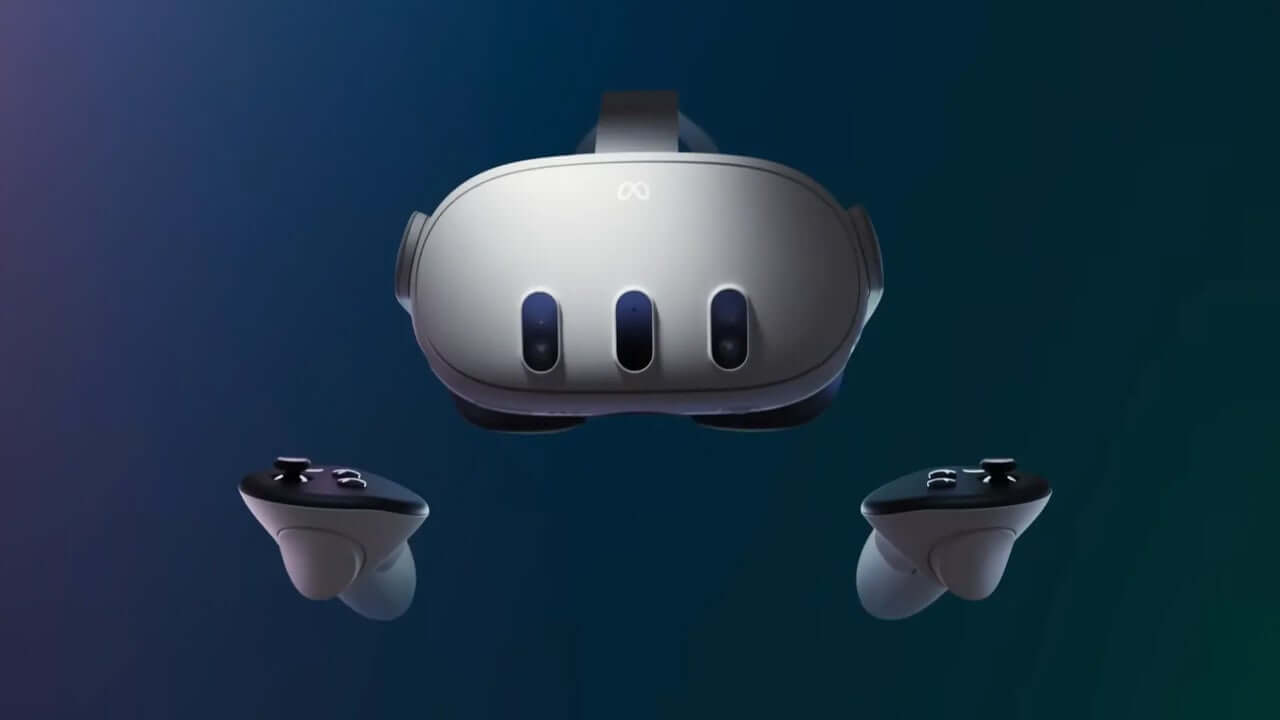 Quest 3 is on the verge of a groundbreaking upgrade that will set it apart from the competition. Scheduled for release in December, this update promises to revolutionize the virtual reality (VR) experience by introducing upper body tracking and AI-estimated legs.
Quest 3 is on the verge of a groundbreaking upgrade that will set it apart from the competition. Scheduled for release in December, this update promises to revolutionize the virtual reality (VR) experience by introducing upper body tracking and AI-estimated legs.
While most other major VR systems focus solely on head and hand tracking, with a few incorporating eye and facial expression tracking, Quest 3 is about to take a giant leap forward in immersive technology.
Inside-Out Body Tracking
One of the standout features of Quest 3’s upcoming update is its Inside-Out Body Tracking (IOBT). Leveraging the headset’s side cameras, which face downward, Quest 3 will be capable of tracking not only your wrists and elbows but also your shoulders and torso using advanced computer vision algorithms developed by Meta.
This innovation will eliminate the discomfort and inaccuracy associated with inverse kinematics (IK) estimated arms, a common issue in current VR systems. With the new SDK update, apps will be able to display your arms and torso with pinpoint accuracy, enhancing the realism of your VR experience.
Enhanced Interaction and Realism
With upper body tracking, developers will have the ability to anchor thumbstick locomotion to your body’s direction rather than just your head or hands. This means you can lean over ledges or perform various actions, and your avatar will realistically mirror your movements.
Generative Legs Powered by AI
But that’s not all. Meta is set to launch Generative Legs, a groundbreaking feature also arriving in December. This technology relies on a cutting-edge AI model to estimate the position of your legs, a development that Meta has been tirelessly researching for years.
On Quest 3, Generative Legs will provide an even more accurate estimate, thanks to the input from the upper body tracking. However, this feature isn’t exclusive to Quest 3; it will also work on Quest Pro and Quest 2, utilizing only head and hand tracking.
It’s important to note that Generative Legs is an estimator, not a tracking system. While it can detect actions like jumping and crouching, it won’t capture more complex movements like raising your knees.
Full Body Synthesis: The Future of VR
Together, inside-out upper body tracking and Generative Legs unlock the potential for full-body immersion in VR, referred to as Full Body Synthesis. What sets this apart is that it requires no external hardware, making it accessible to Quest 3 users and those with Quest Pro and Quest 2.
Meta has already announced that Full Body Synthesis will be integrated into popular VR titles such as Supernatural, Swordsman VR, and Drunken Bar Fight. Furthermore, Meta will make the SDK available to other developers in December, opening the door for even more innovative and immersive VR experiences.

